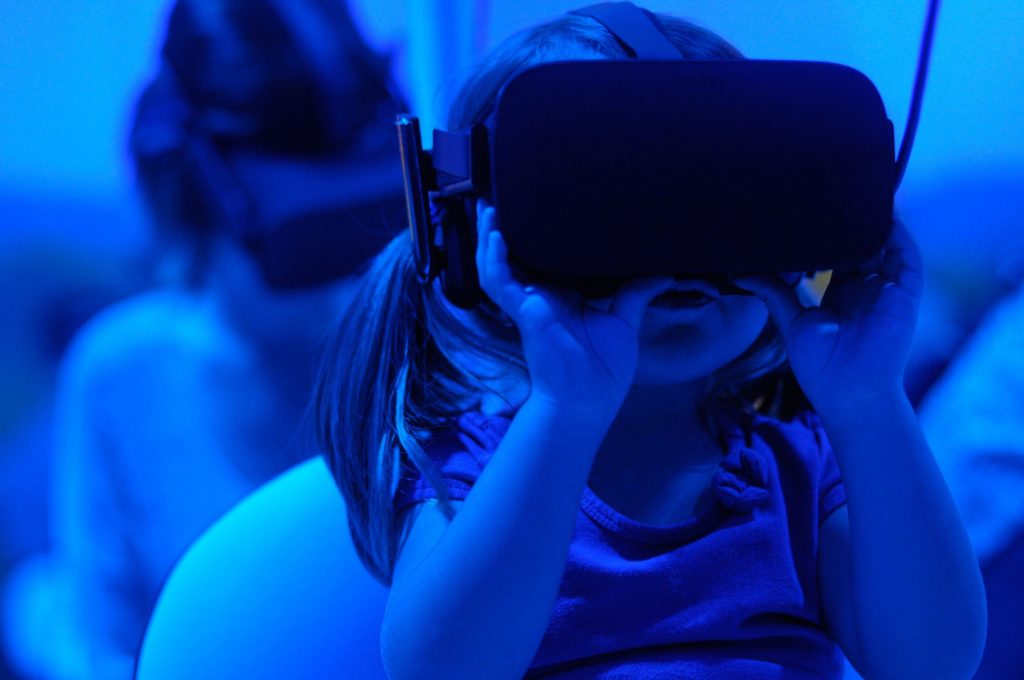By Jamie Davies, Head of Innovation at Amplify.
In times of crisis and rapid change, innovation happens at pace. As physical connectivity has been swiftly taken away from us, we are all becoming more dependent on virtual connectivity. We are fast-forwarding into new ways of living and working at such speed and scale that when we finally ride-out the pandemic, we will be left with a legacy that can’t – and shouldn’t – be undone.
Pre-pandemic, virtual training, teaching and digital experiences were already a thing. But now that everyone is operating virtually, these will fast become more interwoven into our daily lives.
And while these digital experiences can’t ever fully replace physical connection, the sudden mass adoption of all this technology will shift the dial in our physical versus virtual hierarchy.
Although virtual connection can be less satisfying than face-to-face interaction, there is much to be celebrated here. Virtual experiences can transcend physical barriers, letting us explore and undertake adventures, but on our own terms and in our own way.
Case in point: we can now experience interactive ‘teleportation’ on our phones through AR portals. Staying at home but still travelling the world and chatting – what’s not to love? Sometimes it’s enough to just ‘feel’ like you’re there.
Gaming growth
Similarly, gaming is finding an even more prevalent role in the Covid crisis. No longer are they just playful distractions. Games are now also opportunities for delivering virtual fashion shows, film launches and gigs.
In fact, games are even being used for education and politics: Minecraft now houses a library of banned journalism so that users can educate themselves on otherwise censored global news and opinion. And China has just banned the pandemic’s game de jour – Animal Crossing: New Horizons – after people used it to organise virtual protests against Xi Jinping.
Gaming’s evolution into a broad-reaching entertainment medium means it’s no longer the preserve of the young. This inter-generational embrace of gaming reflects a wider blurring of genres and shift towards the virtual. Digital-only fashion, for example, is also becoming more prevalent.
Retail revolution
Back in March, when China was still deep in throws of its CV crisis, Shanghai’s Fashion Week went entirely digital. Some stores now house only digital products, all purchased through an app, NFC or camera scanning. And we recently witnessed the world’s first digital-only dress on the Blockchain, which sold for a whopping $9,500.
With the fashion industry being one of the prime culprits of the world’s other crisis –global heating – there’s a clear environmental benefit in taking fashion from physical to virtual. And this principle remains when any physical product or event becomes digitised.
One heartening upside of the pandemic is that it’s given Mother Nature a chance to breathe again. So here’s hoping that, once the pandemic passes, we’ll continue harnessing these technologies.
Pushing innovation further
It’s clear that this shocking situation has triggered an immense volume of virtual innovation. But there’s scope to go even further. A point of interest for me is digitally enabling physical objects with RFID or AR so that physical objects unlock their own digital content stories:
Imagine being sent an enigmatic object and scanning it with your phone to transform the room around you into a fantastical setting to explore. The object then acts as a tool to guide you through the adventure. This isn’t future-gazing.
Thanks to new LiDAR scanners and next-gen smartphones, the technology to turn our humble homes into adventure playgrounds already exists. So our physical environment can now open up a world of previously impossible fantasy.
Although the pandemic is throwing up extreme challenges, it’s also throwing up extreme opportunities. So it’s a pivotal moment for any brand and marketer interested in virtual technologies.
If we use this crisis to combine the very best of the physical and virtual worlds, I’m hopeful we’ll resurface better and stronger than ever before.









